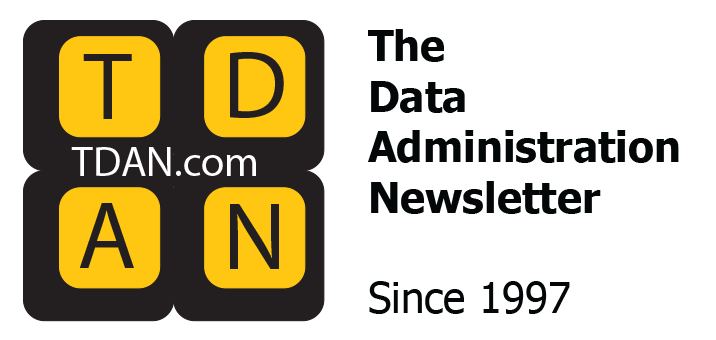
I started playing cello in fourth grade, in the suburbs of Hartford, Conn. I can’t remember when I discovered that musicians played in the New York City streets and subways. But I recall that by high school, I had decided that would be the absolute coolest thing to do.
Sometime later, I learned that this was called “busking.” What a wonderful bohemian-sounding word! I entered music school (Hartt School of Music, West Hartford). Sadly, there must have been few opportunities to do this in Hartford — no subway, and little foot traffic. I played plenty of restaurant and wedding gigs, but busking would have to wait.
By the time my family moved to Brooklyn in 2005, my playing days were behind me. But I still think about picking up the cello again in retirement and hitting the streets as a busker.
All of this is to explain why Jess Reia’s Bluesky post in November 2024 about their new book caught my eye: “Urban Music Governance: What Busking Can Teach Us About Data, Policy & Our Cities!” Data and busking, and “urban music governance.” Irresistible! I pre-ordered it immediately. I received the book in April and saved it to read on my vacation. Saving a book to read on vacation is a true measure of its value!
Jess, assistant professor of data science at the University of Virginia, spent 10 years researching street performers across multiple countries. They focus on Montreal and Rio de Janeiro, but also spend time in NYC. It’s a fascinating study of the interplay between city government organizations and the loosely defined and chaotic community of buskers. One of Jess’ themes is the lack of data about street musicians. Governments, like businesses, are attracted to “data-driven” decisions. “Data is increasingly the cornerstone for the scientific — and economic — understanding of the world around us.”1 But given the nature of busking, “an informal and oftentimes criminalized activity,” Jess notes that “there is a need to acknowledge datasets are prone to statistical errors, missing links and invisibilization of entire communities.”2
Jess’ first chapter, “More than Numbers: Counting, Categorizing and Describing Buskers across Time,” introduces a term I can’t recall encountering before — “small data”:
“…a deep dive into archives shows us that definitions, names and categories change over time. It also highlights the qualitative nature of researching urban informal cultural practices and the need to rely on small data.”3
Small data. Yes, really. I have been inundated with “big data” since the early 2010s. I remember struggling to conceptualize how enormous amounts of data could be collected with no filtering or cleaning for data scientists to search for correlations. Today, we watch as the big tech AI giants suck every bit and byte of data they can get (legally or illegally) in their LLMs. Small data? Seriously? I had to learn more.
In the last part of the chapter, as Reia tries to categorize “what busking means, drawing from historical accounts and fieldwork,” they draw not on buckets of statistics, but individuals’ observations. This is consistent with references within Wikipedia article on small data. For example, Martin Lindstrom, author of, believe or not, a book about small data,4 offers a definition: “as seemingly insignificant observations you identify in consumers’ homes[…] everything from how you place your shoes on how you hang your paintings”.
And Rufus Pollack wrote in a Guardian blog that “For many problems and questions, small data in itself is enough. The data on my household energy use, the times of local buses, government spending — these are all small data. Everything processed in Excel is small data.”5 Pollack, writing in 2013, goes on to say, “This next decade belongs to distributed models not centralized ones, to collaboration not control, and to small data not big data.”
Ok, so we are in that “next decade,” and LLMs do seem to be going in the opposite direction across the board. Not just big, rather gigantic data, but also with Big Tech’s approach to AI — more centralization and control.
However, small language models are a thing. In fact, “Wired” just published an article, “Small Language Models Are the New Rage, Researchers Say.” Author Stephen Ornes writes about the massive computational resources and energy that large language models devour getting trained and answering requests. “A single query to ChatGPT consumes about 10 times as much energy as a single Google search, according to the Electric Power Research Institute.”
SLMs, by contrast, can run effectively with a relatively modest number of parameters, “on a laptop or cell phone, instead of a huge data center.” And “they can excel on specific, more narrowly defined tasks, such as summarizing conversations, answering patient questions as a health care chatbot, and gathering data in smart devices.”
So, maybe there’s room for small data after all. There must be, because I found “The Small Data Manifesto.” Yes, a manifesto. We know about technology manifestos. There’s the “Manifesto for Agile Software Development,” which fueled the Agile revolution. So, if Small Data has a manifesto, it must be significant. Even massive.
The MotherDuck Small Data Manifesto is … well, small. Refreshingly brief. The outline:
We believe in the Simple Joys of Small Data.
- More Data ≠ Better Results.
- Single Machines are Efficient and Powerful.
- Developing Locally Just Works.
- Something Small is Happening
I mean, what’s not to like? The post even has a link to Small Data 2025 – The San Francisco Event on Small, Local-First Data. It’s November 4-5. I don’t know about you, but I think it’s time to plan a trip to San Francisco!
I never would have looked at any of this if I hadn’t read Jess Reia’s book. So, thank you, Jess. You’ve opened my mind to something big — small data.
Back to busking, though. One of the street musicians Jess profiles, Jocelyn, performs in Montreal. Jocelyn enjoyed playing piano and singing as a child. “After spending many years working as a nurse and, later, as a teacher, she decided to give music another chance.”6 She had tried busking outside of the metro in a farmers’ market, loved it, and decided that’s what she wanted to do when she retired.
Retirement as a busker? To me, that sounds like the coolest thing to do. And I could always do some urban data governance on the side.
1Reia, Jess, Urban Music Governance: What Busking Can Teach Us About Data, Policy & Our Cities, The University of Chicago Press, 2025, pg. 17.
2 Reia, Ibid. pg. 17.
3 Reia, Ibid, pg. 16
4 Lindstrom, Martin, Small Data: the Tiny Clues that Uncover Huge Trends, St Martins Press, 2016
5 Forget big data, small data is the real revolution | Big data | The Guardian
6 Reia, Ibid, pg. 1.
